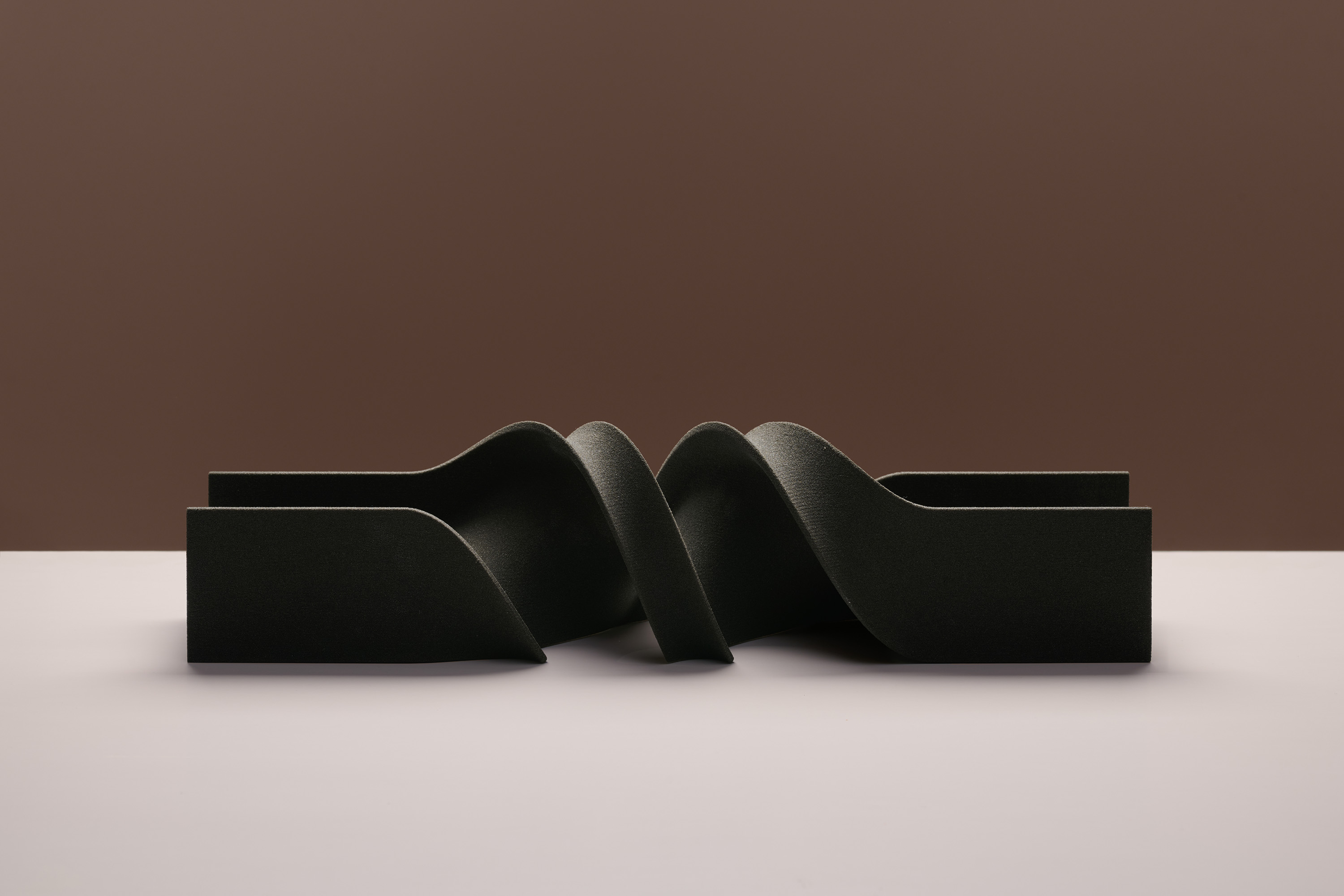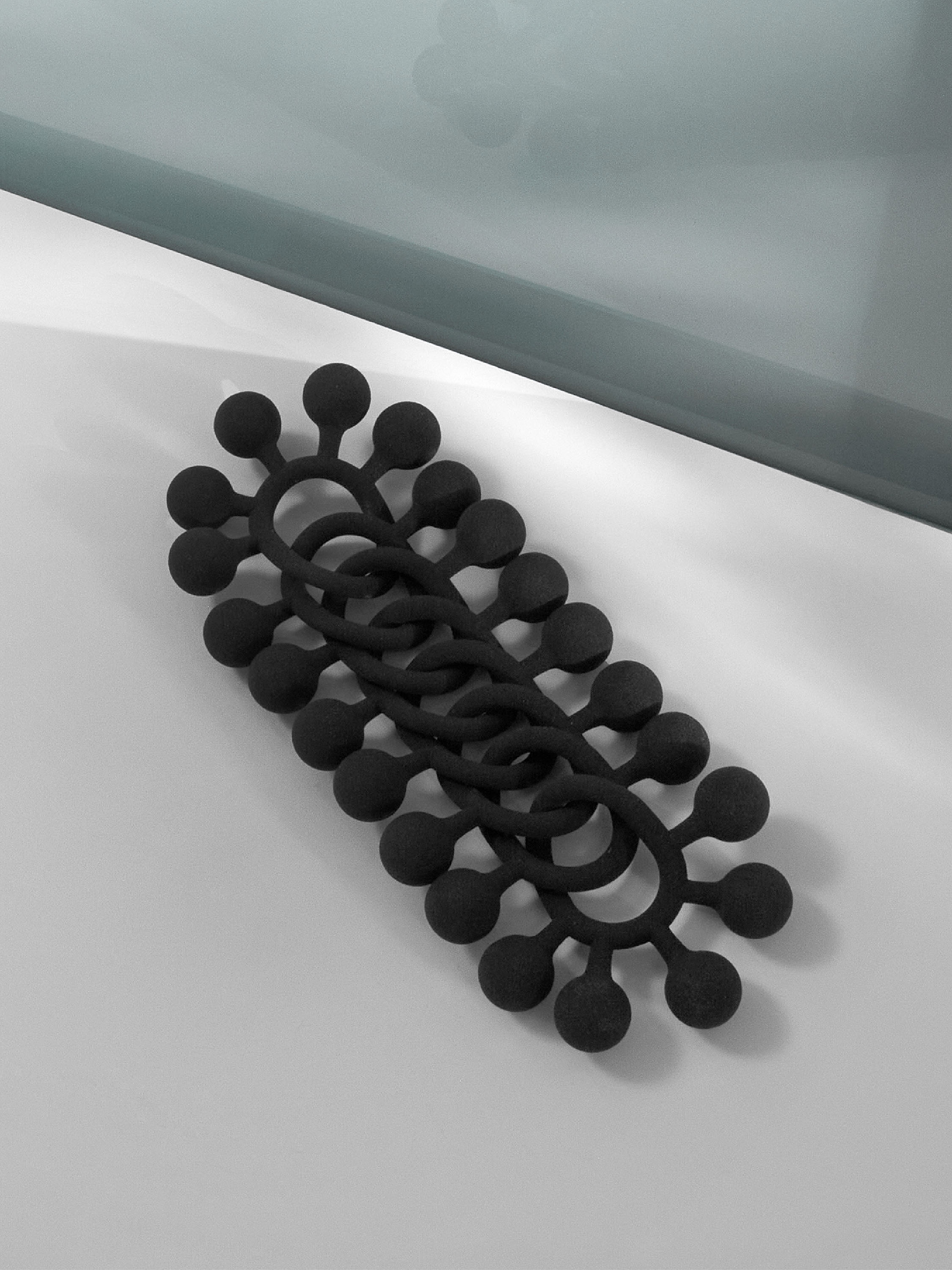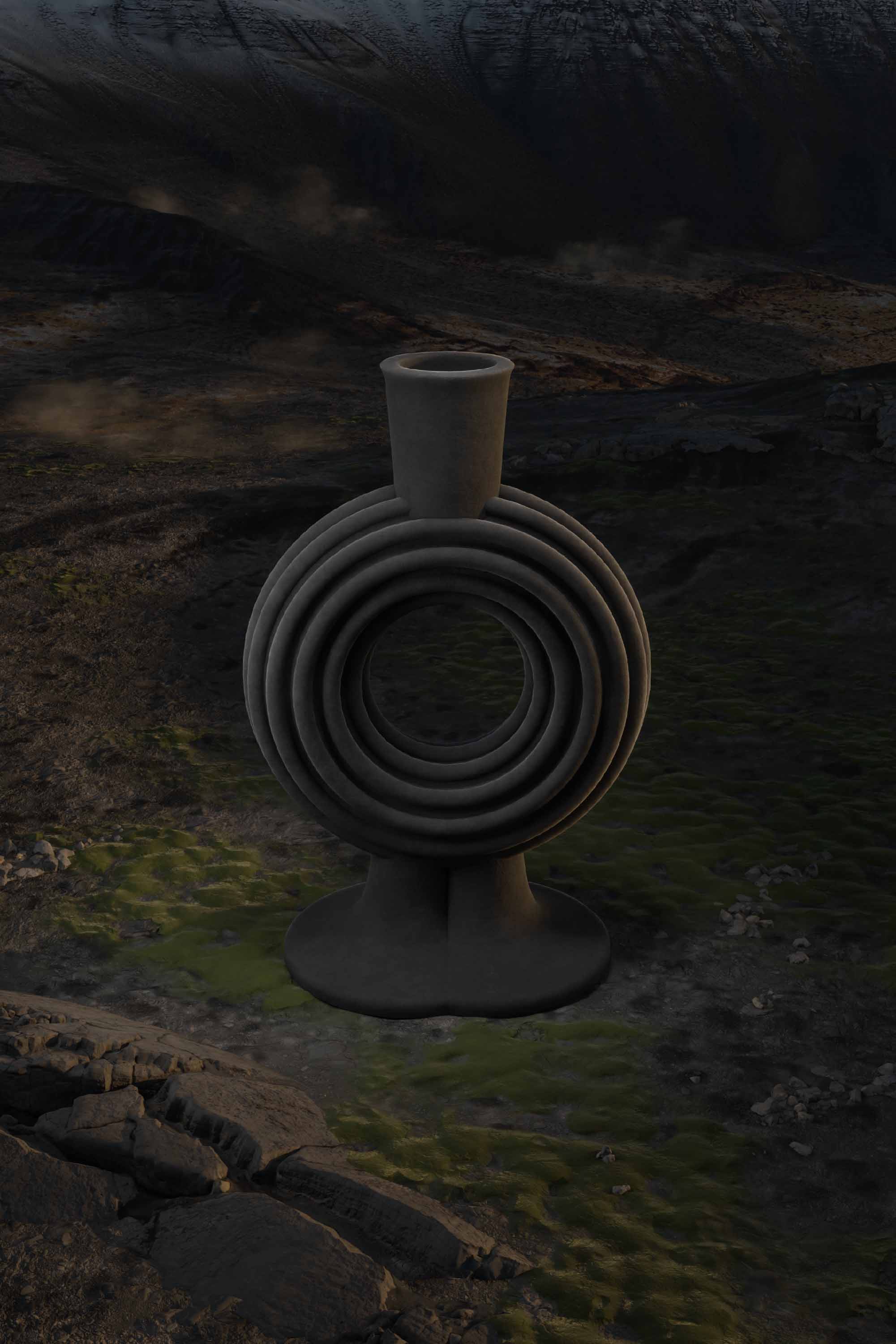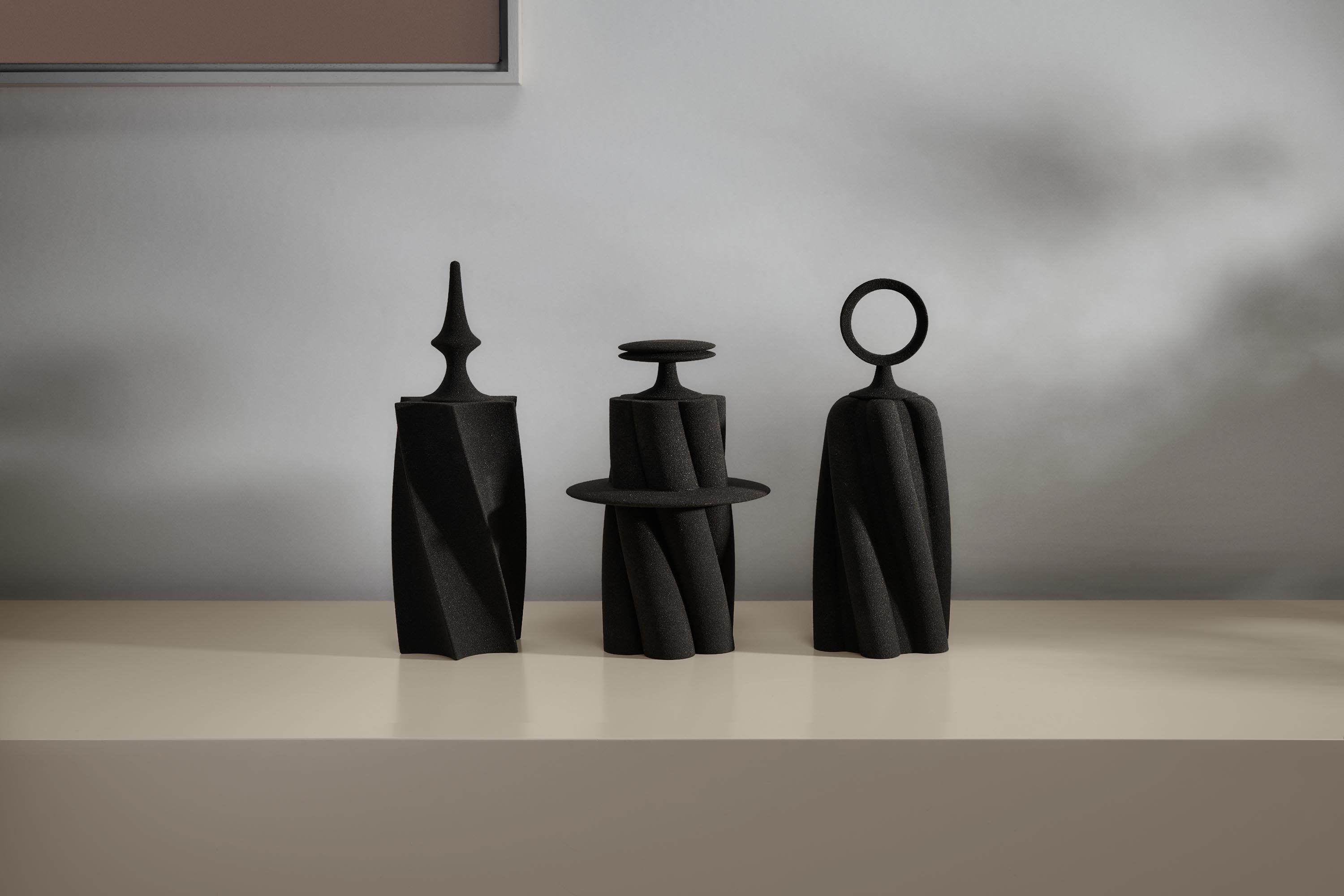

2025 — Soil Assembly
Soil Assembly is a multidisciplinary project that proposes a soil-centred design practice, drawing on speculative tools and other-than-human perspectives to imagine diegetic prototypes that care for, rather than extract from, the landscape. Developed in an eight-month mentorship with Fiona Raby, the project uses design, animation and sound to delve into unimaginable geological time and challenge our relationship with the land.
Initiated through conversations with farmers and soil scientists, the project began as a response to urgent issues of soil degradation, food production, and ecological responsibility.
Focusing on Iceland — where new soil continues to form through recent volcanic origin, yet large areas remain degraded after centuries of deforestation and overgrazing — it investigates how design can support long-term ecological regeneration. With access to geothermal and hydro energy, Iceland also provides the conditions for closed-loop, soil-detached cultivation systems that produce food without exhausting the land, and free the ground for soil restoration.
Soil Assembly is based on the understanding that soil and humans operate on vastly different timescales. While we move in biological time, soil unfolds in geological time. The resulting objects are pioneering machines: slow, multigenerational tools for soil regeneration.
The first typology envisages soil-detached cultivation environments powered by renewable energy — contained systems that grow food independently of the ground.
A second typology spans the landscape over the course of a hundred years, excluding human and sheep interference and redirecting the efforts of a mechanised culture towards reconstruction of soil.
A third typology, composed of layers of parent material, is placed within the landscape as monuments and sources of nourishment, dissolving and ecologically distributing over decades.
In collaboration with sound designer Áskell Harðarson, a sonic journey was created, tracing the genesis of soil through lava, ice, wind and water. Sounds for each object have been designed to soothe both humans and the ecosystem. Three of the eight objects are brought to life through animations created by Felix Hobrücker, which set the designs in geological time.
Initiated through conversations with farmers and soil scientists, the project began as a response to urgent issues of soil degradation, food production, and ecological responsibility.
Focusing on Iceland — where new soil continues to form through recent volcanic origin, yet large areas remain degraded after centuries of deforestation and overgrazing — it investigates how design can support long-term ecological regeneration. With access to geothermal and hydro energy, Iceland also provides the conditions for closed-loop, soil-detached cultivation systems that produce food without exhausting the land, and free the ground for soil restoration.
Soil Assembly is based on the understanding that soil and humans operate on vastly different timescales. While we move in biological time, soil unfolds in geological time. The resulting objects are pioneering machines: slow, multigenerational tools for soil regeneration.
The first typology envisages soil-detached cultivation environments powered by renewable energy — contained systems that grow food independently of the ground.
A second typology spans the landscape over the course of a hundred years, excluding human and sheep interference and redirecting the efforts of a mechanised culture towards reconstruction of soil.
A third typology, composed of layers of parent material, is placed within the landscape as monuments and sources of nourishment, dissolving and ecologically distributing over decades.
In collaboration with sound designer Áskell Harðarson, a sonic journey was created, tracing the genesis of soil through lava, ice, wind and water. Sounds for each object have been designed to soothe both humans and the ecosystem. Three of the eight objects are brought to life through animations created by Felix Hobrücker, which set the designs in geological time.
Concept, Design, DevelopmentJohanna Seelemann
Conceptual AdvisorFiona Raby
AnimationFelix Hobrücker
Sound Design
Áskell Harðarson
Sound Recordings
Magnús Bergsson
VoiceÞuríður Blær Jóhannsdóttir
Produced with the support ofForecast platform by Skills e.V.
Special Thanks toJulia Brenner
Development assistance
Marc Goldbach
Image Credits
Felix Hobrücker
Johanna Seelemann
Conceptual Advisor
Fiona Raby
Animation
Felix Hobrücker
Sound Design
Áskell Harðarson
Sound Recordings
Magnús Bergsson
Voice
Þuríður Blær Jóhannsdóttir
Produced with the support of
Forecast platform by Skills e.V.
Supported by the Federal Government
Comissioner for Culture and the Media
Special Thanks to
Julia Brenner
Ólafur Gestur Arnals
Development assistance
Marc Goldbach
Laura Laipple
Lion Sanguinette
Image Credits
Felix Hobrücker
Robert Damisch
Camille Blake


















